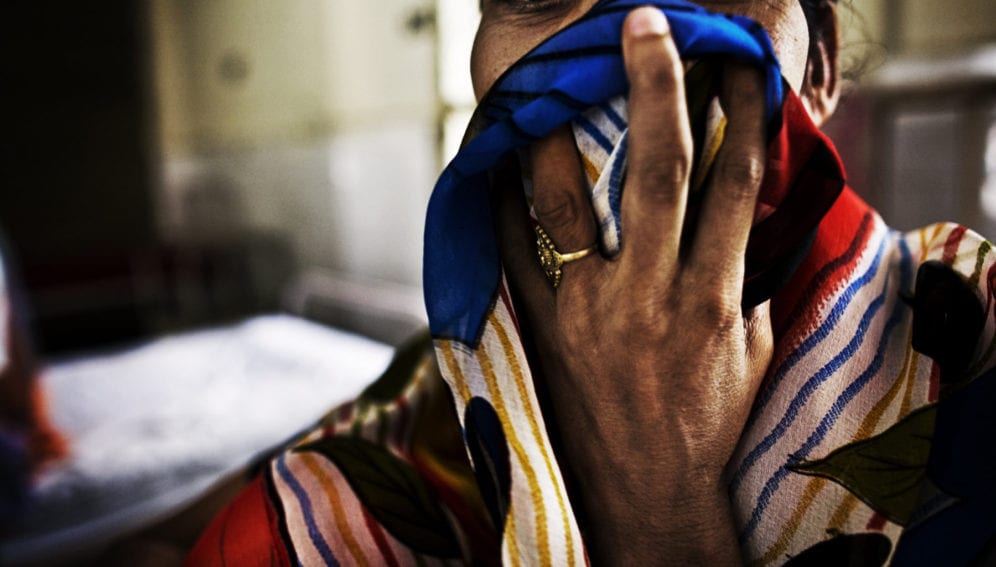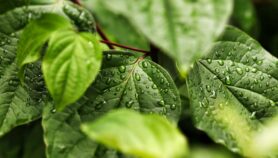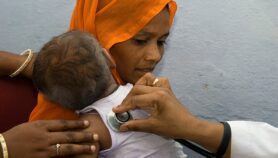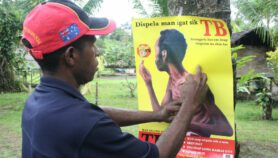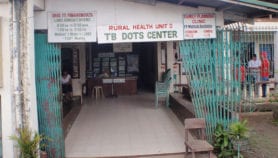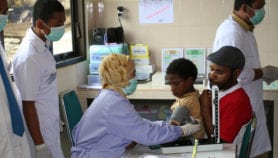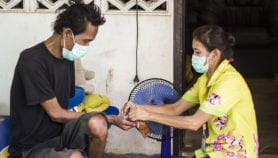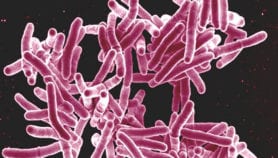By: Claudia Caruana
Send to a friend
The details you provide on this page will not be used to send unsolicited email, and will not be sold to a 3rd party. See privacy policy.
[BANGALORE] Scientists from India and the US say they have discovered a group of compounds that can kill Mycobacterium tuberculosis, the bacterium responsible for causing tuberculosis (TB), by disabling a major defence mechanism it uses to survive in the human body.
Amit Singh at the department of microbiology and cell biology, centre for infectious disease and research at the Indian Institute of Science, Bangalore, says, “These compounds show tremendous promise as lead scaffolds for the development of new, anti-TB treatments. Specifically, these compounds inhibit the function of a critical enzyme responsible for survival of M. tuberculosis.”
The study, supported by the National Institutes of Health, India’s ministry of science and technology and the Wellcome Trust-Department of Biotechnology alliance was published November in ACS Chemical Biology.
Singh says the new compounds “belong to the ellipticine plant alkaloid family, which also is active in targeting cancerous cells”. He adds that the “active compounds have exerted a very high activity against drug-resistant M. tuberculosis strains isolated from patients of Indian origin.” Alkaloid-containing plants have been used from ancient times to treat diseases or as intoxicants.
India has the highest burden of TB in the world with an estimated two million cases annually, with many individuals infected with the multi-drug resistant (MDR) and extensively drug-resistant (XDR) strains as well.
| TB Statistics | |
|---|---|
| In 2014, 9.6 million people fell ill with TB and 1.5 million died of it. | |
| More than 95 per cent TB deaths occur in low- and middle-income countries, and it is among the top five causes of death for women aged 15 to 44. | |
| In 2014, an estimated 1 million children were TB infected with and 140,000 children died of it. | |
| TB is a leading killer of HIV-positive people: in 2014, 1 in 3 HIV deaths were due to TB. | |
| Globally in 2014, an estimated 480,000 people developed multi-drug resistant TB (MDR-TB) | |
| Ending the TB epidemic by 2030 is among the health targets of the newly adopted Sustainable Development Goals. | |
Some 95 per cent of deaths from TB occur in developing countries in Asia and Africa. The six countries that stood out as having the largest numbers in 2014 were China, India, Indonesia, Nigeria, Pakistan and South Africa.
Kate Carroll, chemistry professor at the Scripps Research Institute, Jupiter, Florida, and lead author of the study, stresses that individuals infected with dormant bacteria do not show any symptoms but may serve as a reservoir for M. tuberculosis. “The problem is that this reservoir is gigantic with an estimated two billion people in the world carrying latent TB infection.”
“These new compounds have shown potent bactericidal activity against active as well as dormant form of drug-susceptible and MDR/XDR strains, as well,” Carroll says. “Currently, we are testing their effectiveness in animal models of TB infection and once their pre-clinical and clinical effectiveness is confirmed, these compounds or their analogs can be potentially used in the treatment of MDR/XDR TB as well as persistent TB infection.”
Carroll says the new compounds may be given alone, or more effectively, as a combination of multiple drugs. “These compounds can break a key bacterial defence and potentiate the action of other anti-TB drugs as well as kill persistent M. tuberculosis bacterium on their own,” she says.
Singh’s lab has also generated a series of compounds that were found to exert efficient killing of drug-resistant superbugs. He proposes “targeting mechanisms involved in resisting oxidative stress or elevating the levels of oxidative stress inside bacterial cells” as strategies against TB infection.


